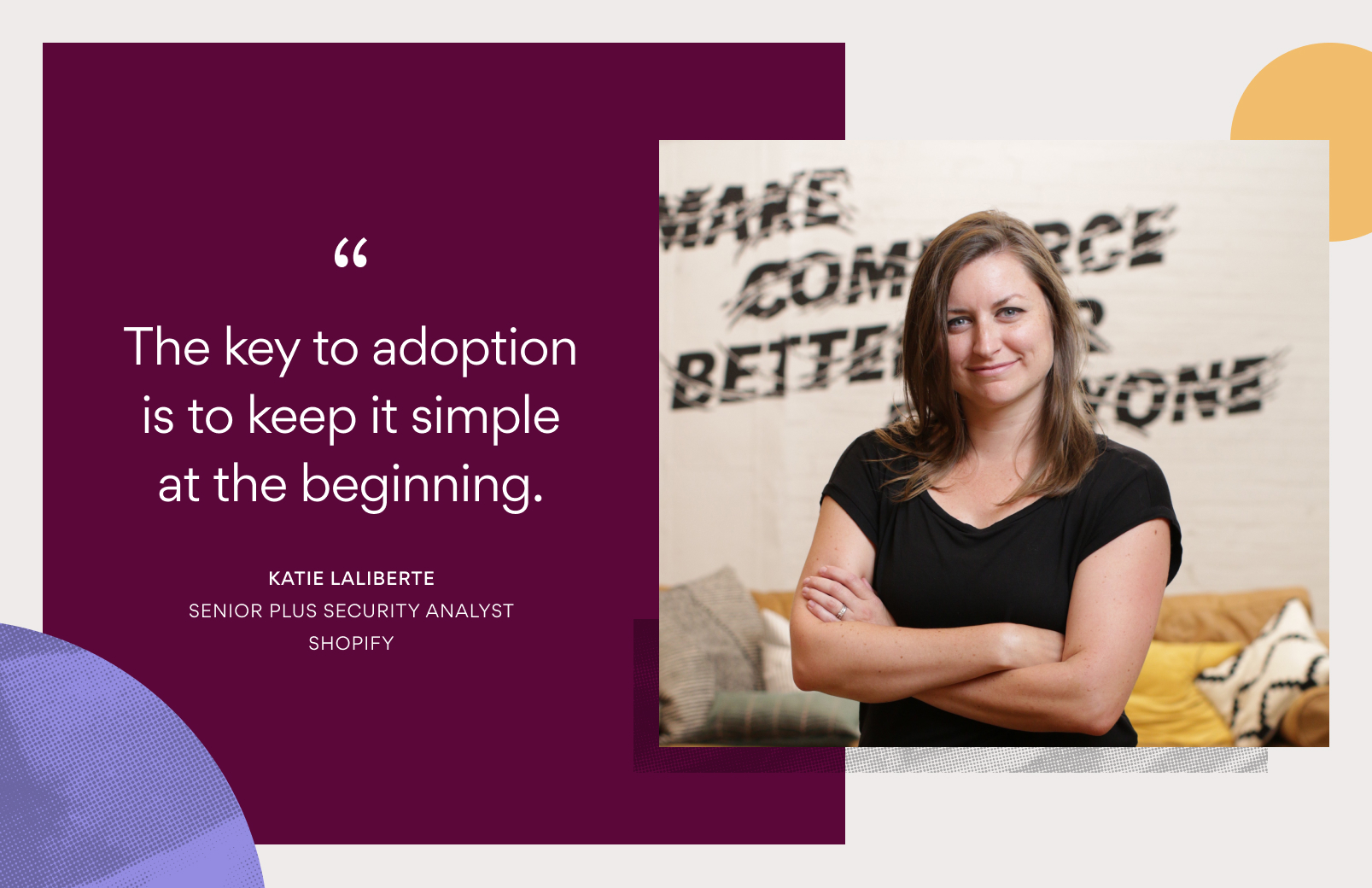Our 19 favorite productivity tips of 2019

Here at Asana, we’re always looking to improve the way people work. Over the past year, we’ve learned and shared many helpful tips for how you and your team can be more connected and collaborative— from how to organize your day, to creative ways to use Asana, to how to avoid burnout.
Over the past year, we’ve shared these tips across our social channels and as we start thinking about all the goals we want to achieve in 2020, we thought we’d share all of our standout tips from 2019. Here they are.
Create a flow that works for you
1. “Don’t do any work without having a task to represent it first, this includes things like checking your inbox. Always set a due date on all of your tasks, and no overdue tasks allowed. On or before each task’s due date, either complete the task or set a new date and add a comment. I know this might seem impossible, but once you have some practice working this way it’s way easier than it looks.” – Greg Sabo, Engineering Manager at Asana, on our internal #productivity-geeks Slack channel
2. “Train your brain to focus on your strengths, and capabilities by taking a few minutes each morning to look back at all the work you completed the previous day. You can also do this as a team by celebrating weekly wins.” – Jenny Thai, Head of Content at Asana, on Wavelength
3. “My number one work management tip is to always reflect after a project. Then you can take everything you learned and create a playbook so you’re ready the next time you need to plan and manage a similar project.” – Kerry Anne Hoffman, Senior Product Manager, Marketing Operations at ClassPass, at Asana Together World Tour in New York City
4. “To help your team avoid burnout, you need to set an example by saying ‘no’ to things so they see it’s ok to say no, too.” – Kaj de Jager, Commercial Excellence Lead at Carnext.com, at Asana Together World Tour in Amsterdam
“For a project to be successful, you need to set very specific goals so everyone knows what they’re working towards, and trying to accomplish.”
Manage your time consciously
5. “Treat your calendar like a game of Tetris: Remove anything non-urgent and unnecessary from your to-do list. Are there things you can revisit at a later date or is there something that can be removed entirely? Don’t be afraid to take it a step further by blocking out some “busy” time in your calendar for work.” – Joshua Zerkel, Head of Community at Asana, on The Mirror
6. “Prioritizing breaks can reduce decision fatigue, equip you with a fresh perspective, and, in turn, make you more aware of the time you’re spending on ‘work about work.’ I’m a big proponent of setting alerts to remind you when to take breaks. While it’s generally advised to take a break at least every 60 minutes, this might not always be possible. If you absolutely can’t spare the time for a proper break, embrace the micro-break.” – Rebecca Hinds, Research and Thought Leadership Content Lead at Asana, on Inc.
Drive clarity across your organization
7. “Tie everything to organizational goals. The first question to always ask is, “Will this project help us move towards our organization goals? Is this the best use of our time right now?” – Jamie Berger, Executive Assistant to the President at Mercy for Animals, at Asana Together World Tour in Washington, D.C.
8. “For a project to be successful, you need to set very specific goals so everyone knows what they’re working towards, and trying to accomplish. Make sure the team understands, ‘This is what we’re doing. This is why we’re doing it. Here’s what success looks like.’” – Meaghan Wagner, Producer of Digital Marketing at HBO, at Asana Together World Tour in New York City
9. “We track our company objectives and goals in Asana, and all of our project plans ladder up to these. This way we have visibility into progress and know how we’re tracking throughout the year.” – Rebecca Smith, Operations Manager at TDM Growth Partners, at Asana Together World Tour in Sydney
Make communication count
10. “When your team is working hard toward a goal, the last thing they need is to get bogged down by another status update meeting. Of course, sometimes meetings are needed, but where possible I recommend sharing updates via your project’s Progress tab. Keeping progress updates centralized in Asana ensures everyone knows how the work is tracking, even if they haven’t been following along from the start. It also allows you to proactively flag at-risk or blocked work before it’s too late, and gives every stakeholder visibility regardless of their calendar.” – Dana Barrett, Head of Product Marketing at Asana, on the Asana blog
“Keeping progress updates centralized in Asana ensures everyone knows how the work is tracking, even if they haven’t been following along from the start.”
11. “We allow teams to plan in a way that suits their personality type and the type of work they’re doing best. So we’re not prescriptive in the way that teams must plan, but we are clear on what outcome we want. It’s not so much about the process, as it is about the outcome.” – Alana Thomas, Business Support Manager at ThankYouAUS, at Asana Together World Tour in Melbourne
12. “Open communication with your team is key to helping them avoid burnout. Always take time to ask how people are feeling.” – Lauren Geenen, Digital Marketing Lead at Under Armour, at Asana Together World Tour in Amsterdam
Plan and prioritize
13. “Having tight processes is critical to success. Create project templates for work you do regularly so everything is already laid out for you.” – Max Doyle, Managing Director at Hello Social, at Asana Together World Tour in Sydney
14. “When planning any project, it’s important to begin by asking yourselves what are the goals and who is responsible for helping you achieve them?” – Kim Bryson, Operations Director of C&EN Magazine, at Asana Together World Tour in Sydney
15. “To successfully manage a project, you need to prioritize. You’ll never have as much time and resources as we’d all hope for, so to do it all you need to focus on the items that will have the most impact. Then make sure those priorities are clear to stakeholders so you can set expectations and to your team so they focus on the right work.” – Corri Skinner, Senior Director of Creative Operations at Vox Media, at Asana Together World Tour in New York City
“When planning any project, it’s important to begin by asking yourselves what are the goals and who is responsible for helping you achieve them?”
Maximize how you use Asana
16. “Workload helps me see what the team is working on at any given time so I can determine their bandwidth to take on additional work. When high priority tasks come up, I can easily shift work around between designers in the Workload view and reprioritize deadlines and timing.” – Ariel Ross, Creative Producer at Asana, on the Asana blog
17. “I use the dependencies feature a lot! It’s a great way to signal to my collaborators (and our creative producer) that my work is blocked and I’m waiting for more information. Also, I love that when I look through My Tasks, Asana flags the tasks that aren’t ready to be started yet using the dependency icon. It’s a great visual cue for what I can skip for now versus what’s ready to get started.” – Amanda Buzard, Brand Designer at Asana, on the Asana blog
“Workload helps me see what the team is working on at any given time so I can determine their bandwidth to take on additional work.”
18. “I’m a manager so I use Portfolios to see the status of my team’s projects and what the blockers are. This helps me know where to step in and help.” – Mark Reindersten, Digital Marketing Manager at Informa, at the Asana Together World Tour in Amsterdam
19. “I think My Tasks is one of the most underrated Asana tools for organizing your day. Like many creatives, I can sometimes get distracted by all the noise coming from Slack, meetings, and email but I can always count on My Tasks to bring me back to my goals for the day. I like to keep everything but the ‘Today’ view collapsed so that I only see the work that’s immediately relevant.” – Hannah Swann, Brand Designer at Asana, on the Asana blog
Follow along in 2020
January is a critical time of year for people to plan, prioritize, and implement their lessons from the previous year. Follow along with us on social for a whole month of new productivity tips from fellow Asana customers and members of our global team! We’ll be posting these tips on Twitter, LinkedIn, Facebook, and Instagram. Wishing you a happy and productive new year!

